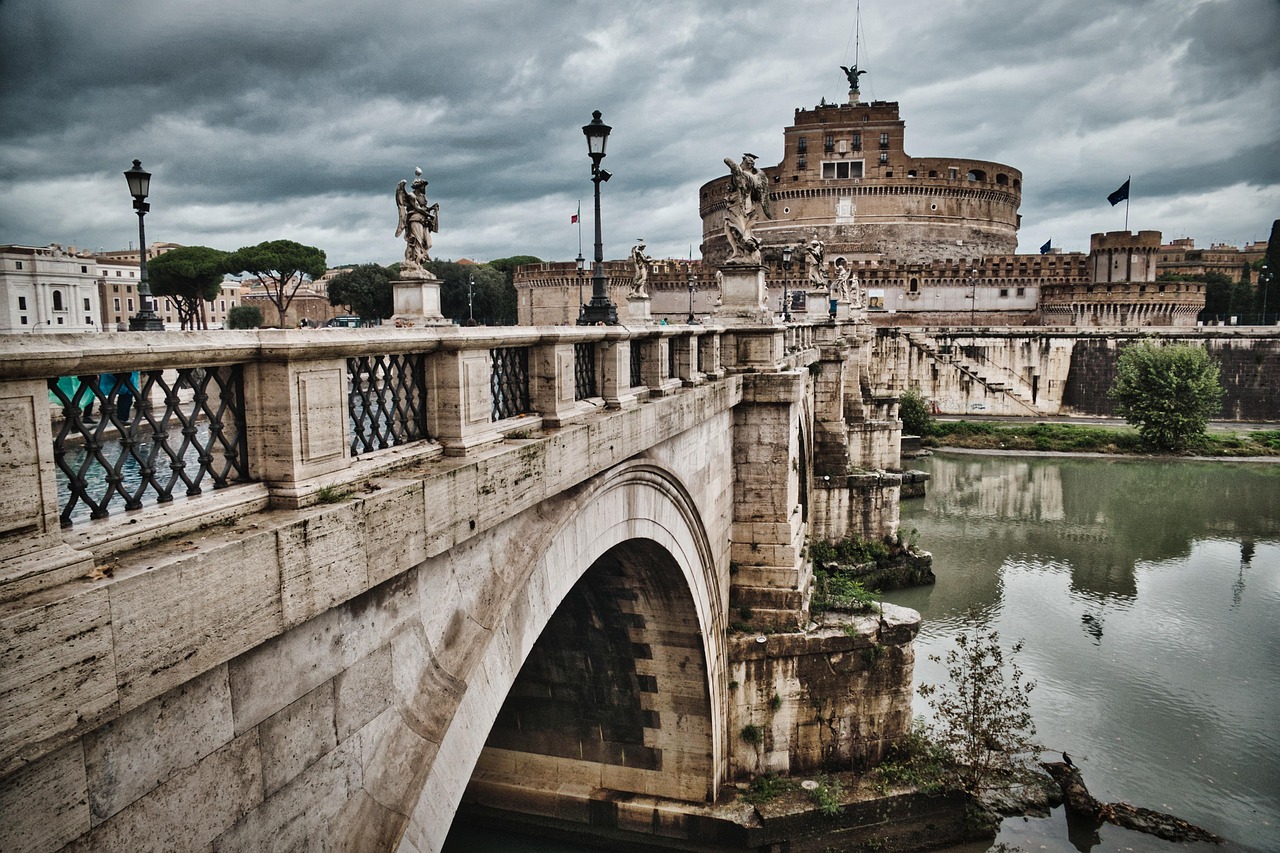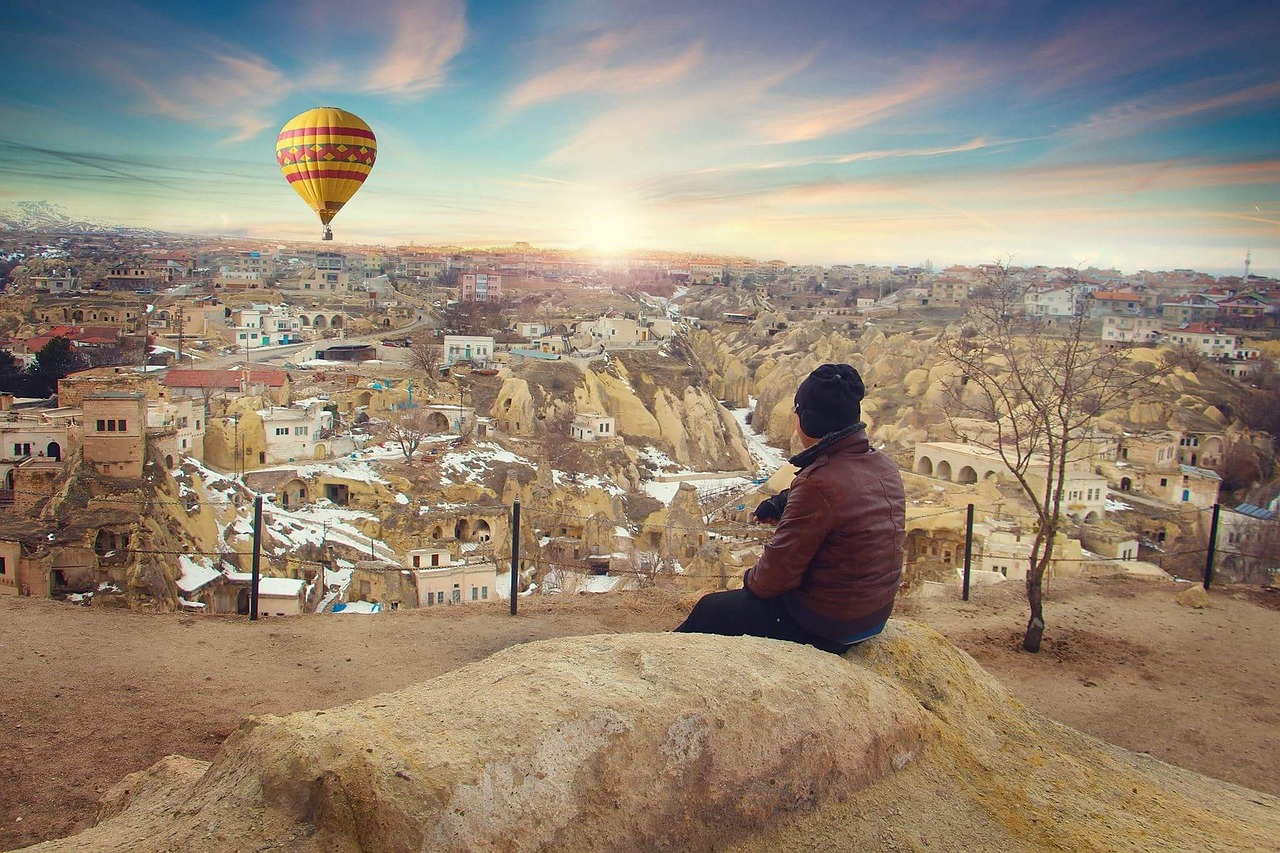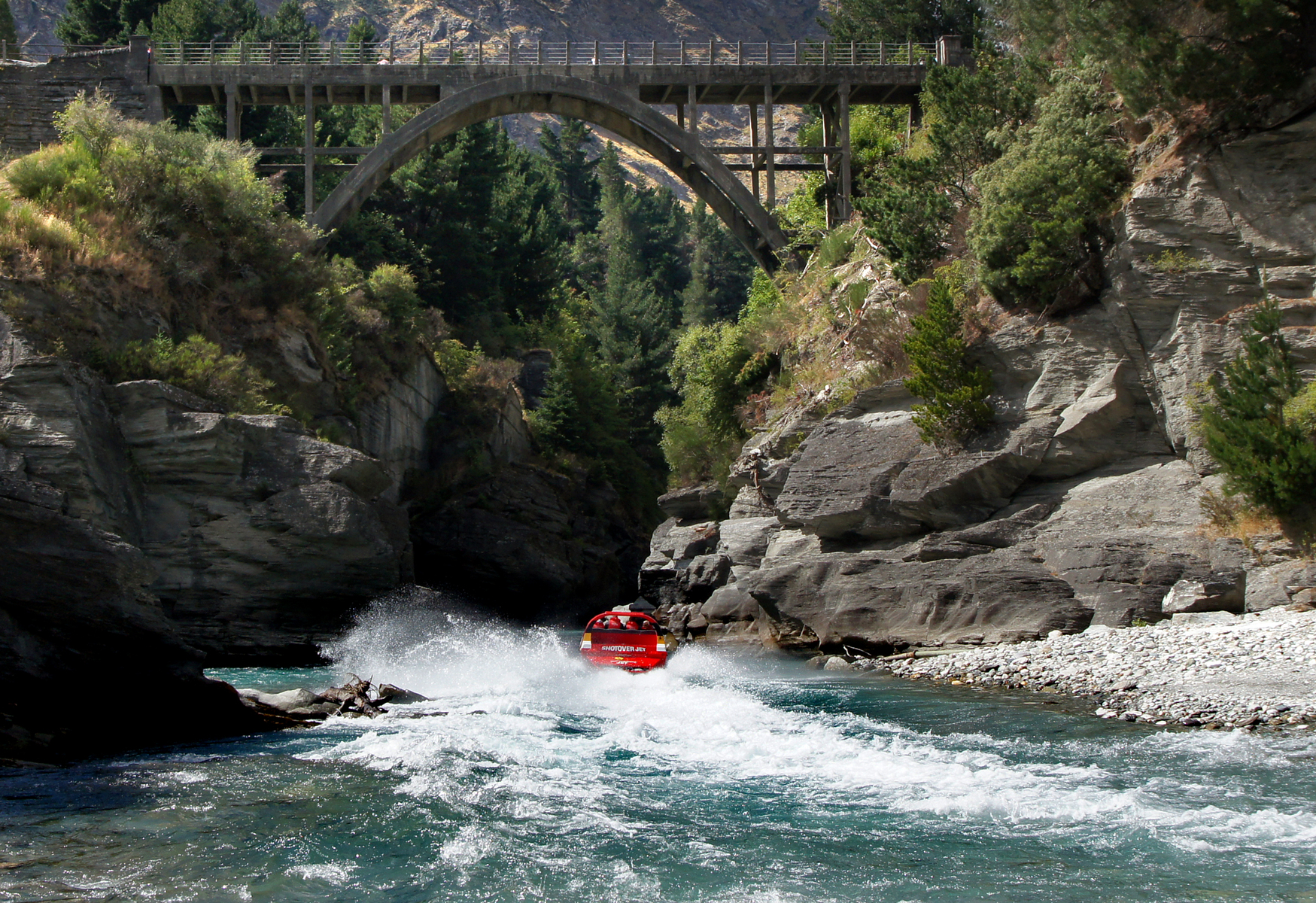Rome isn’t just a city—it’s a living museum. Every cobblestone, ruin, and piazza whispers stories from centuries past. From the mighty Colosseum to hidden underground catacombs, exploring Rome’s ancient landmarks is like stepping into a time machine.
Whether you’re a history buff or a casual traveler, Rome offers a rich blend of culture, architecture, and myth that leaves an unforgettable impression.
A Glimpse into Ancient Rome
Once the heart of the Roman Empire, Rome was a political, religious, and architectural powerhouse. It’s where emperors ruled, gladiators fought, and the foundations of Western civilization were laid.
Walking its ancient streets today means standing where Caesar once stood, touching stones older than entire nations, and discovering stories etched in marble and mosaics.
Must-Visit Ancient Landmarks in Rome
1. The Colosseum
Rome’s most iconic structure, the Colosseum was once an arena for gladiatorial combat and grand spectacles. With seating for over 50,000, it’s a powerful reminder of Rome’s grandeur and brutality.
Don’t Miss: The underground hypogeum where animals and fighters awaited battle.
2. Roman Forum (Foro Romano)
Once the heart of ancient Rome, the Forum hosted political meetings, markets, temples, and triumphal processions. Walking through its ruins evokes the true pulse of ancient Roman life.
Highlights: Temple of Saturn, Arch of Septimius Severus, and the House of the Vestal Virgins.
3. Palatine Hill
According to legend, Rome was founded on Palatine Hill. It later became the luxurious residence of emperors. The ruins here overlook the Forum and offer incredible panoramic views.
Fun Fact: Emperor Augustus was born here.
4. Pantheon
A marvel of engineering, the Pantheon’s dome remains the largest unreinforced concrete dome in the world. Originally a temple to all gods, it’s now a church and final resting place of great Italian artists.
Look Up: The oculus, a circular opening in the dome that lets in natural light—and rain.
5. Castel Sant’Angelo
Originally built as Emperor Hadrian’s mausoleum, this towering fortress evolved into a papal refuge and military outpost. Its spiraling ramp offers both history and stunning views of the Tiber River.
Tips for Exploring Ancient Rome
- Start Early: Sites like the Colosseum get crowded by mid-morning.
- Book Tickets in Advance: Skip-the-line options save hours.
- Hire a Local Guide: They bring ruins to life with stories and insights.
- Wear Comfortable Shoes: You’ll be walking… a lot.
- Download a Map: Ancient landmarks are spread across the city center.
Bonus Stop
- Baths of Caracalla – Ancient public baths that reflect the lavish lifestyle of Roman elites.
- Appian Way (Via Appia Antica) – One of the earliest Roman roads, perfect for walking or cycling.
- Catacombs of San Sebastiano – Underground burial chambers dating back to the 2nd century.
Conclusion
Exploring Rome’s ancient landmarks is more than sightseeing—it’s a walk through the rise and fall of empires. Each column, forum, and arch reveals layers of a civilization that shaped the modern world. So, lace up your shoes, grab a guidebook, and get ready to walk through time.











Leave a Reply